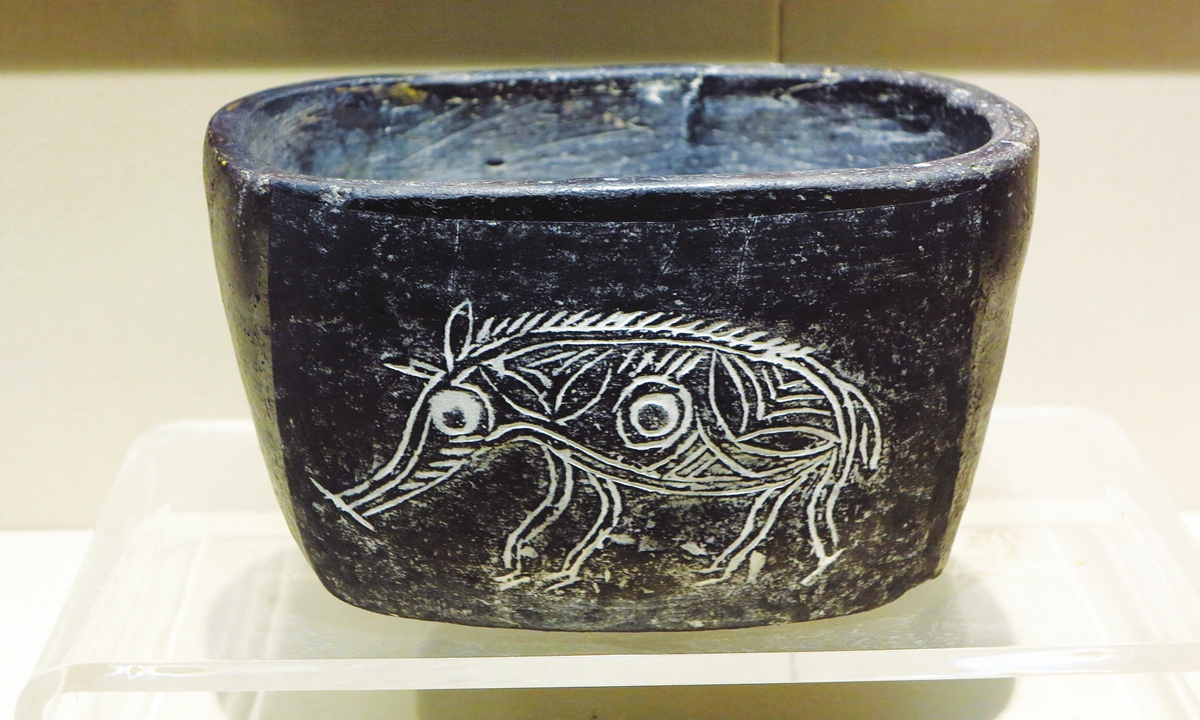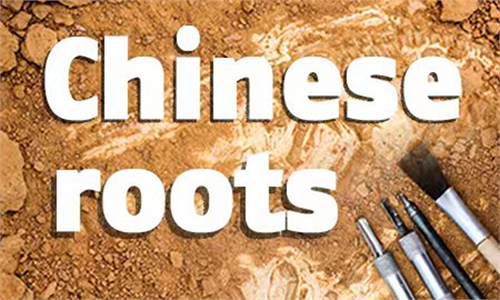ARTS / CULTURE & LEISURE
Chinese roots

Hemudu Culture pottery Photo: IC
Hemudu Culture: Ancient farmers who enjoyed peace and bountyStretching along the lower reaches of the Yangtze River, the Hemudu Culture dates back to the Neolithic Period 7,000 years ago. The culture gained its name from where it was first discovered - Hemudu in Yuyao, East China's Zhejiang Province.
In the documents recorded and preserved in the Hemudu Cultural Site Museum in Zhejiang, archaeologists described the culture as "ancestors who knew how to enjoy their lives."
Archaeologists believe that the people of Hemudu lived a rather peaceful and comfortable life as no signs of fierce conflicts or lack of food were found during the excavation.
"These ancestors from 7,000 years ago already knew how to live an exquisite life along the Yangtze River," researchers wrote in the Hemudu Culture Catalog collected in the museum in Yuyao.
"They were a group who desired sun and sky, without worrying about food or war."
In the early summer of 1973, local workers accidentally found the prehistoric ruins while they were working on a drainage project.
After a long excavation in the second half of 1973, archaeologists realized the importance of the ruins: It overturned the traditional view of "Yellow River Centralism," the idea that ancient Chinese civilization mainly radiated out from its center around the Yellow River. Instead, a large and mature culture was discovered along another major river, opening a window to the Neolithic history of southern China.
The remains of houses built on columns were found, along with a string of containers made from clay, stone, bone and wood. Animal and plant remains were also found in the ruins.
To avoid floods, the Hemudu people built houses on the top of hills. The buildings, elevated on columns, looked similar to today's diaojiaolou (wooden buildings on stilts or columns), the homes of southern China's Tujia ethnic group.
In addition to grain fields, archaeologists also found sets of tools for farming, from sowing to hulling. Among the ruins of more than 1,000 wooden buildings, the well-known Chinese tenon structure was found as were the bones of dogs, an indication of a close relationship between human and domesticated dogs.
Another stunning finding published in the international academic journal Proceedings of the National Academy of Sciences in early March, researchers said that goose bones at the ruins are evidence of the world's earliest-known poultry domestication.

